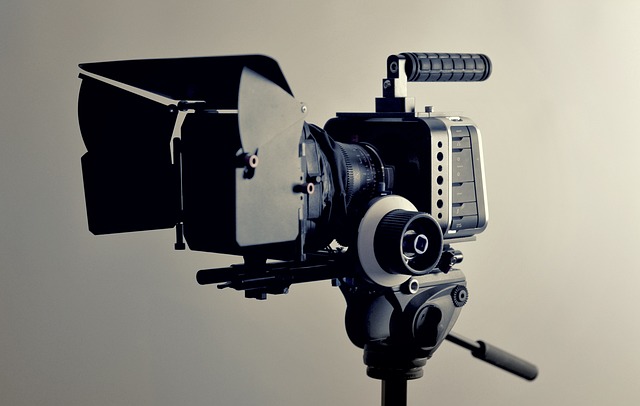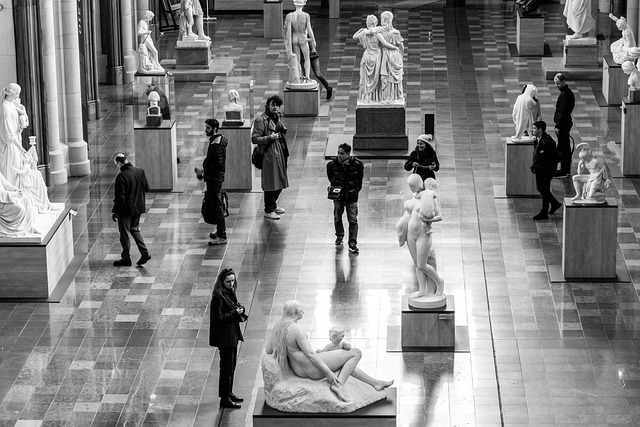Unlocking the Art of Filmmaking: A Comprehensive Guide
Filmmaking is more than just a technical process; it’s an art form that captures the essence of storytelling. Every frame tells a story, and every sound elicits emotion. If you’ve ever felt a surge of inspiration while watching a captivating film, you know that filmmaking has the power to transcend ordinary life and transport audiences into different worlds.
The Passion Behind Filmmaking
The journey into the world of filmmaking begins with a passion for storytelling. Whether you dream of directing your own narrative or documenting real-life stories, each step you take in this creative field is driven by a desire to share your vision. Filmmakers often draw from personal experiences, societal issues, or imaginative tales, weaving their narratives through a lens that resonates with viewers.
Understanding the Fundamentals
Before you grab a camera and start shooting, it’s essential to grasp the fundamentals of filmmaking. This includes understanding cinematography, screenwriting, editing, and sound design. Each element plays a crucial role in conveying your story effectively. Learning about composition, the rule of thirds, and lighting setups will enhance your visual storytelling and help create an atmosphere that supports your narrative.
Gathering Your Tools
In the digital age, the tools of filmmaking are more accessible than ever. From high-end cinema cameras to smartphones, the capability to shoot footage lies at our fingertips. However, it’s not just about the equipment; it’s about how you use it. Familiarize yourself with your tools, learn the ins and outs, and experiment with different techniques. Beginners can start with smartphones but should also consider platforms like DSLRs or mirrorless cameras that provide more control.
The Script: The Heart of the Film
Every great film begins with a compelling script. A powerful narrative is the backbone of any cinematic piece. Spend time crafting your story, developing multidimensional characters, and building a strong arc. Remember that great dialogue feels natural, and your characters should be relatable, drawing audiences deeper into their emotional journeys.
Pre-Production: Planning is Key
Once your script is ready, it’s time to move into pre-production. This phase involves detailed planning, including casting, location scouting, and scheduling. Good preparation can make or break a shoot. Consider creating a shot list to visualize how you want each scene to look. Additionally, a dedicated crew is invaluable; surround yourself with passionate individuals who share your vision and ambition.
Production: Bringing Your Vision to Life
Now comes the exciting part — production! During filming, stay focused on your vision while remaining adaptable. Things may not always go as planned, but flexibility can lead to unexpected creative opportunities. Communicate clearly with your crew and actors to ensure everyone is aligned with the goals of each scene.
Post-Production: Crafting the Final Piece
After the last scene is shot, the real magic happens in post-production. Editing is where storytelling comes to life; it’s an opportunity to refine your vision, enhancing pacing and flow. Don’t forget about sound design and scoring; sound can deeply impact the mood and emotional weight of your film. Utilize software tools and techniques to achieve a polished end product.
Sharing Your Film
With your film completed, the next step is sharing it with the world. Film festivals, online platforms, and social media outlets can provide exposure and engagement. Gather feedback from audiences, and learn from your experiences. Every film is a stepping stone toward greater artistic expression.
Filmmaking is a journey filled with creativity, passion, and perseverance. As you explore this art form, remember that each story has the power to resonate with others, evoking emotions and sparking conversations. Embrace the process, and let your unique voice shine through your films.


